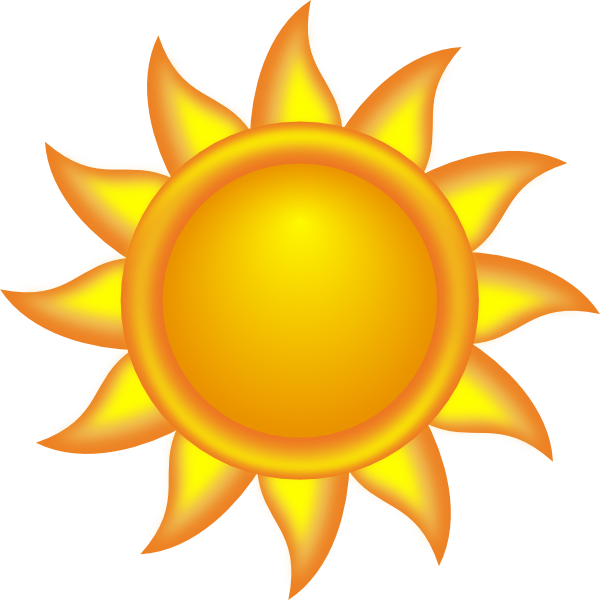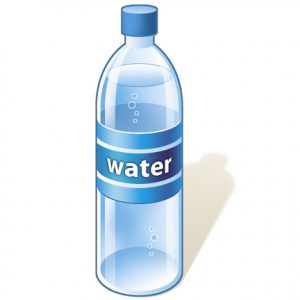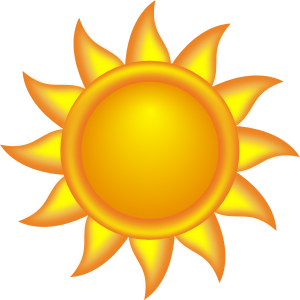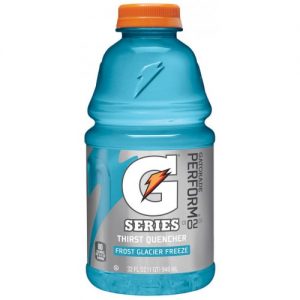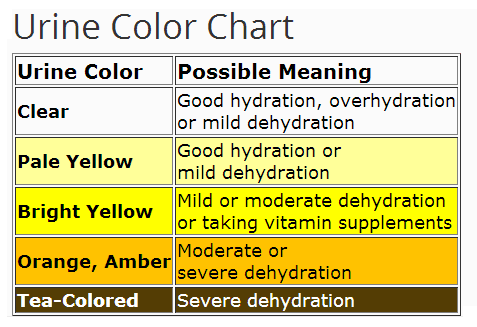This article was taken from BucketListTummy.com
Why Is Staying Hydrated in The Heat Important
When talking about hydration for runners, it’s firstly important to understand what water balance is. Our bodies achieve water balance when our intake from fluids (and some foods) is equivalent to the water we lose, which is mainly through urine, sweat and feces.
On the other hand, we become dehydrated when we lose that water balance, and our fluid losses are greater than fluid intake. Therefore, our bodies aren’t able to cool themselves during exercise.
Dehydration can have lasting effects on performance including:
- slowed delivery of nutrients and oxygen to cells
- altered body temperature
- increased muscle cramps
- decreased cognitive function and concentration
- and much more
Did you know it can take up to 24 hours for the body to regain fluid balance after dehydration?!
Staying Hydrated in Summer: How Much Water You Should Drink?
Now that we know how important hydration is, how much should you be drinking for your outdoor activity?
The best way to manage hydration is to focus on it BEFORE, during and AFTER activity. Once you lose water balance or become dehydrated, it’s nearly impossible to catch up during exercise.
How Much Water to Drink Before a Run
A general recommendation is to consume 8 ounces of fluid 15 to 30 minutes before exercise and upwards of 16 ounces a few hours prior.
During training, you want to drink to prevent thirst. You also want to try to prevent a greater than 2 percent loss of body weight.
While individual needs vary, a good starting point is 0.4 to 0.8 liters per hour.
How Much Water To Drink After Exercise
After exercise, drink 16 to 24 ounces of water for every pound lost. Staying hydrated isn’t just about water though – remember those electrolytes!
Dairy products are great post-workout options with sufficient carbohydrates, protein and electrolytes. Bread, soup and a couple of scrambled eggs will also give you some sodium. Chocolate milk has also been added to the list of great recovery beverages for athletes.
Bananas, potatoes and avocados are great sources of potassium. Electrolytes for exercise make a big difference.

